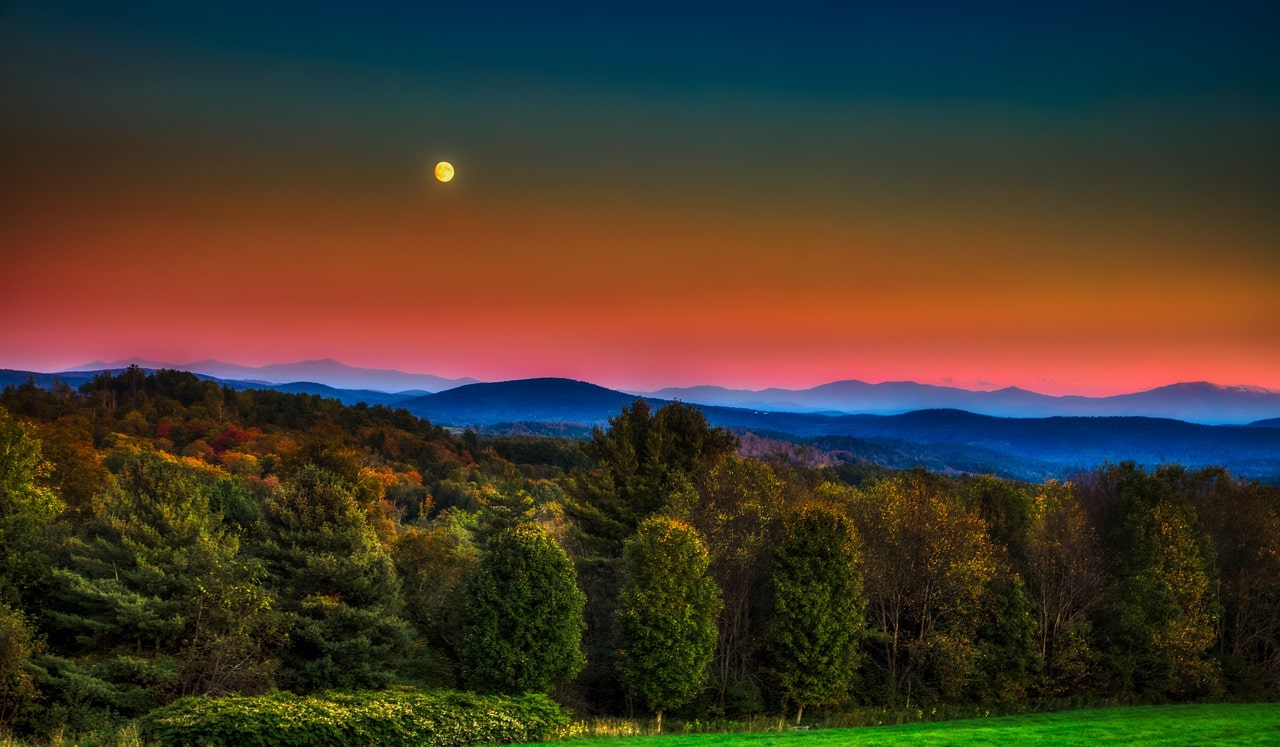
Article Summary: Historic Sites In Vermont
Historic Sites In Vermont. More Than Just Parks has 15 incredible must-see sites for you to visit.
I’ve been to so many of these amazing places since retiring from teaching in 2018. Did I mention that I taught history? I spent a lifetime teaching about the history behind these momentous sites. Then I got to see them firsthand. And now I’m sharing the stories of these incredible places with you. It doesn’t get any better than that!
I’m going to give you my list of the Top 15 Historic Sites In Vermont that you’ll want to see.
To be clear, this list includes national park sites (as in sites managed by the National Park Service) as opposed to national parks. It also includes sites not managed by the National Park Service. After all, we’re more than just parks!
One book that you might want to pick up before making your trip to the Green Mountain State is: Scenic Driving Vermont: Exploring the State’s Most Spectacular Byways and Back Roads by Stewart M. Green.
Without further ado, let’s dive in.
Top 15 Historic Sites In Vermont
15. Mount Independence
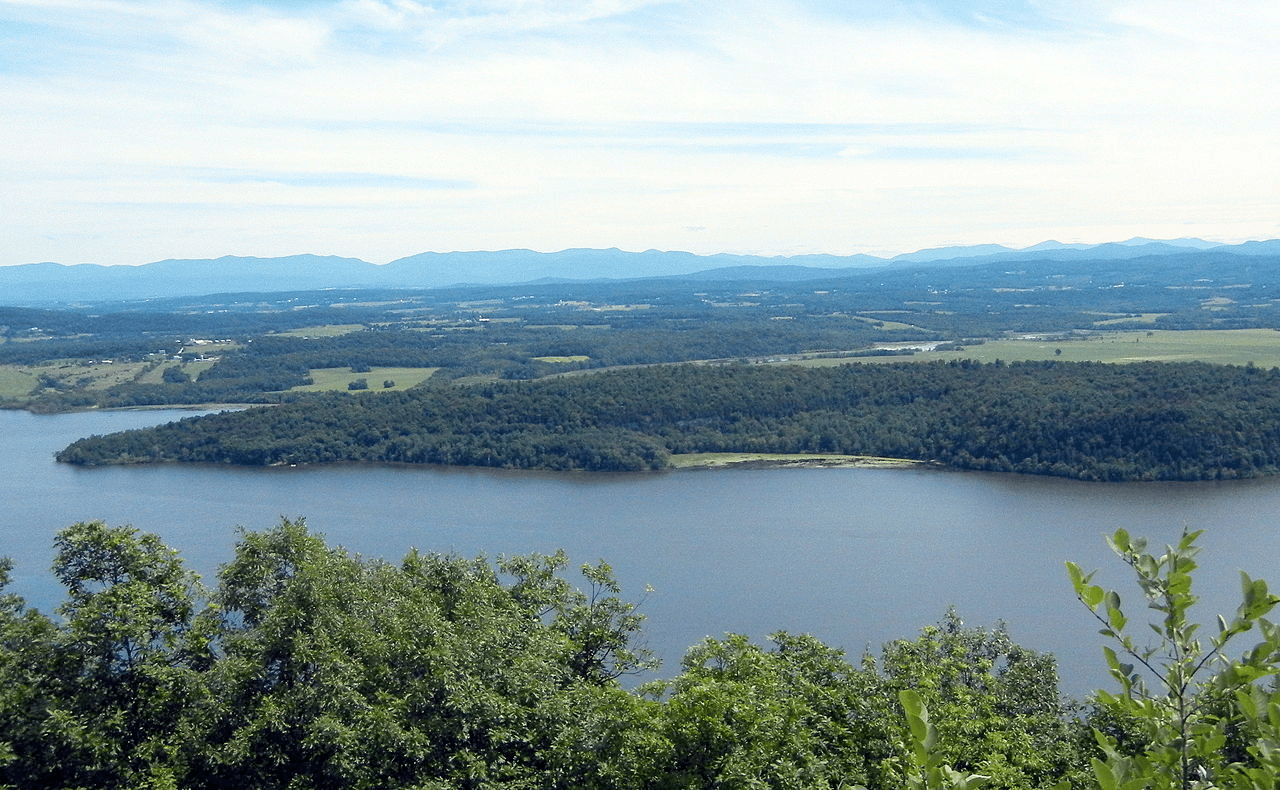
Vermont is known for its natural beauty, small town charm and maple syrup, which is made from the sap of sugar maples that grow in the state. Vermont also produces a lot of dairy products, including cheese and yogurt.
The state is also home to some amazing historic sites. More Than Just Parks is going to share with you our list of the Top 15 Historic Sites In Vermont. And we’re kicking off our list at #15 with the Mount Independence State Historic Site
The Mount Independence State Historic Site is a Revolutionary War site located in Orwell, Vermont, jointly owned and managed by the State of Vermont’s Division for Historic Preservation and the Fort Ticonderoga Association.
The site offers six miles of trails along the archaeological remains of the fortification that was built in 1776-1777 to defend northern New York, New England, and the cause of American liberty.
The fortification was first called East Point or Rattlesnake Hill, but it was renamed Mount Independence after the Declaration of Independence was read to the soldiers assembled there.
A Significant Revolutionary War Fortification
Lieutenant Colonel Jeduthan Baldwin of Massachusetts, chief engineer of the American Northern Army, designed the sophisticated three-tier defensive system at Mount Independence, with the assistance of Thaddaeus Kosciusko.
The site is a significant Revolutionary War fortification and offers a one-of-a-kind experience recounting the gripping story of the soldiers who battled to survive the challenges of war and Mother Nature.
Each year special events include guided nature and history hikes on the site’s trails, historical lectures, archaeological investigations, Soldiers Atop the Mount living history weekend, and the annual reading of the Declaration of Independence.
The Baldwin Trail, opened in 2007, meets outdoor trail standards for handicapped accessibility.
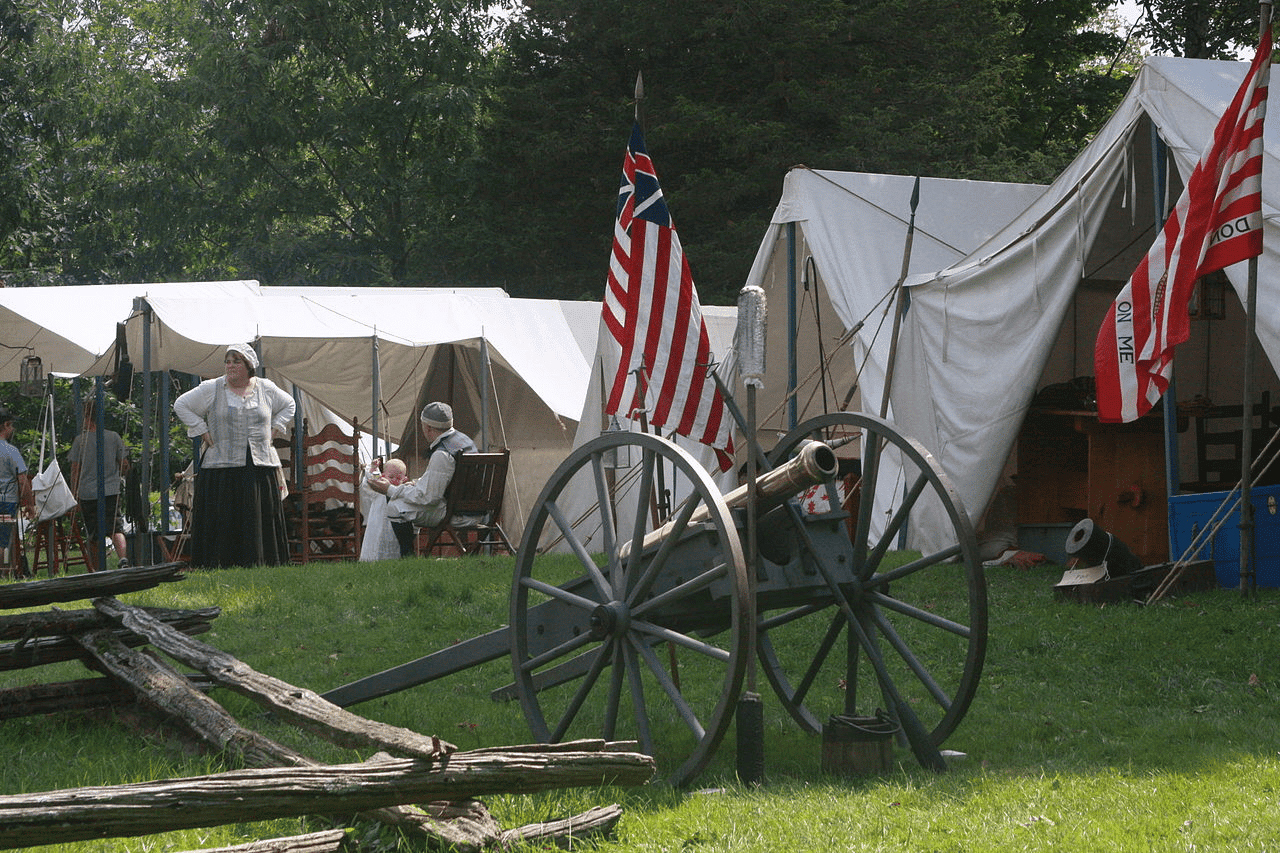
14. Stellafane Observatory
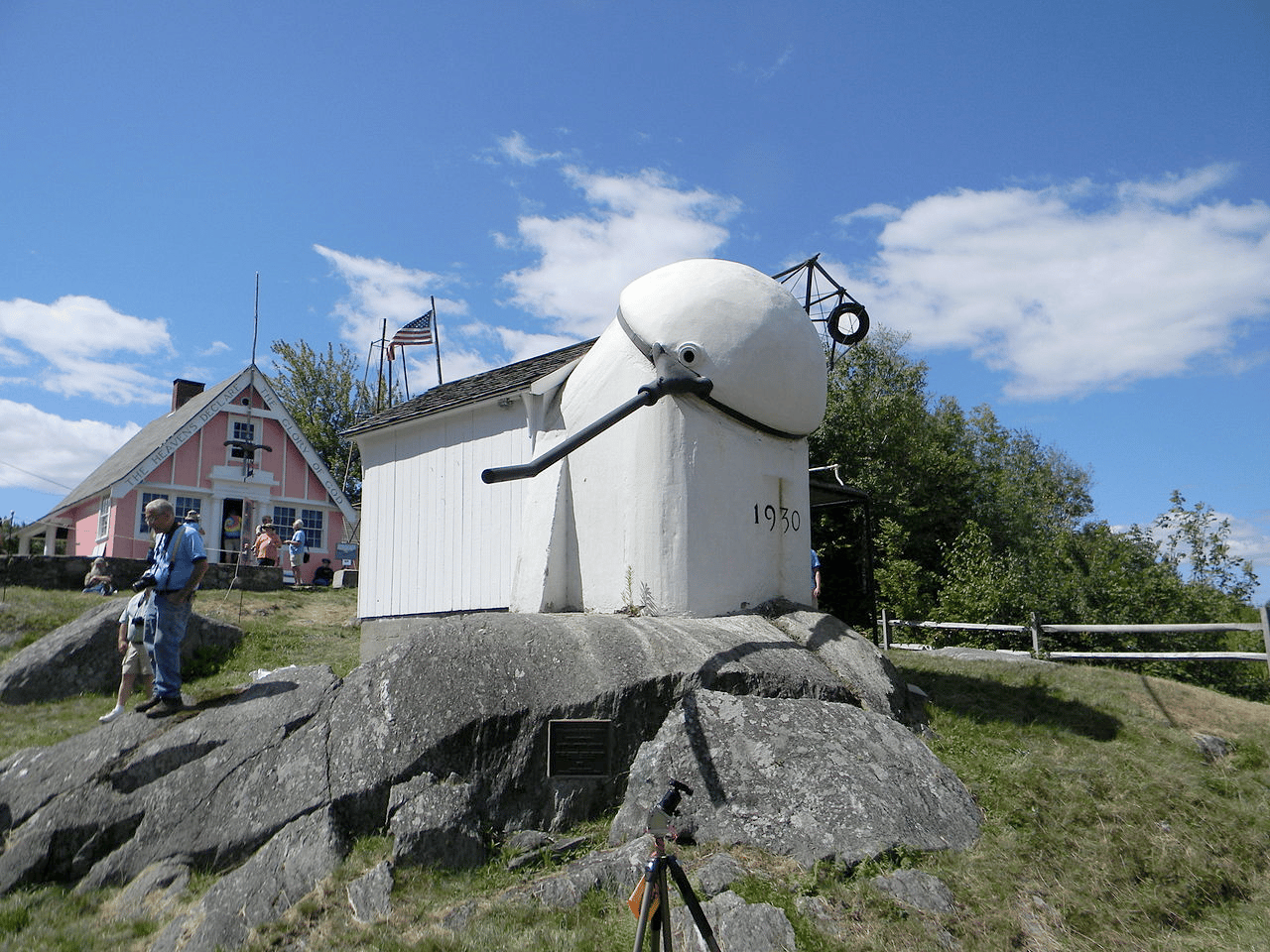
When it comes to historic sites in Vermont the sky’s the limit as our next site illustrates. At #14 on our list of the Best Historic Sites In Vermont is the Stellafane Observatory.
Stellafane Observatory is an amateur astronomical observatory located in Springfield, Vermont. It’s best known as the site of the annual Stellafane Convention, which is the oldest continuously-running amateur telescope makers’ meeting in the world.
The observatory includes a collection of telescopes, including the Springfield Telescope Makers’ 80-inch (2 meter) mirror, which is one of the largest amateur-built mirrors in the world.
The Stellafane Observatory is also a National Historical Landmark.
Things To See & Do
Here are some of the things visitors can see and do at the observatory:
- Attend star parties: Stellafane hosts several star parties throughout the year, where visitors can observe the night sky through telescopes and learn about astronomy from amateur and professional astronomers
- Explore the telescopes: Stellafane is famous for its homemade telescopes and visitors can see and learn about a variety of different telescope designs and their use in amateur astronomy
- Visit the museum: The observatory has a museum that showcases the history of amateur astronomy, including the history of Stellafane and its contributions to the field
- Attend workshops: Stellafane offers workshops on various topics related to amateur astronomy, including telescope-making, astrophotography, and observing techniques
- Take a tour: Visitors can take a guided tour of the observatory and learn about its history, the telescopes, and the astronomy being done there.
Stellafane Observatory is a unique and educational site that offers visitors the opportunity to learn about amateur astronomy and the science of observing the night sky. It is a must-visit for anyone interested in astronomy or the history of science.
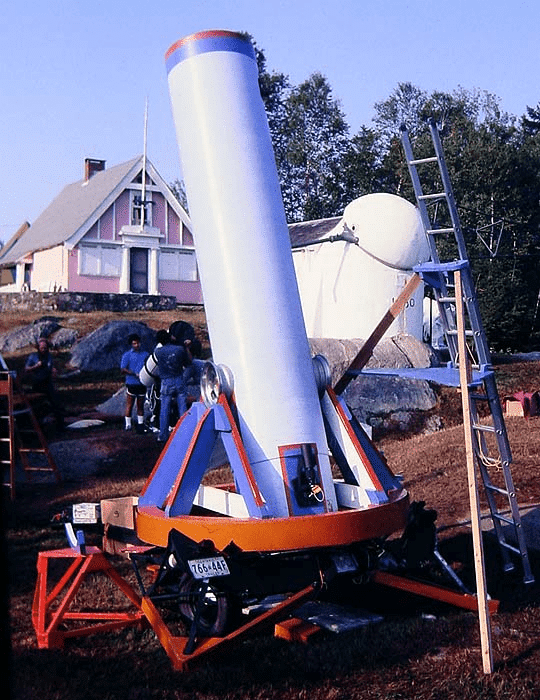
13. St. Johnsbury Athenaeum
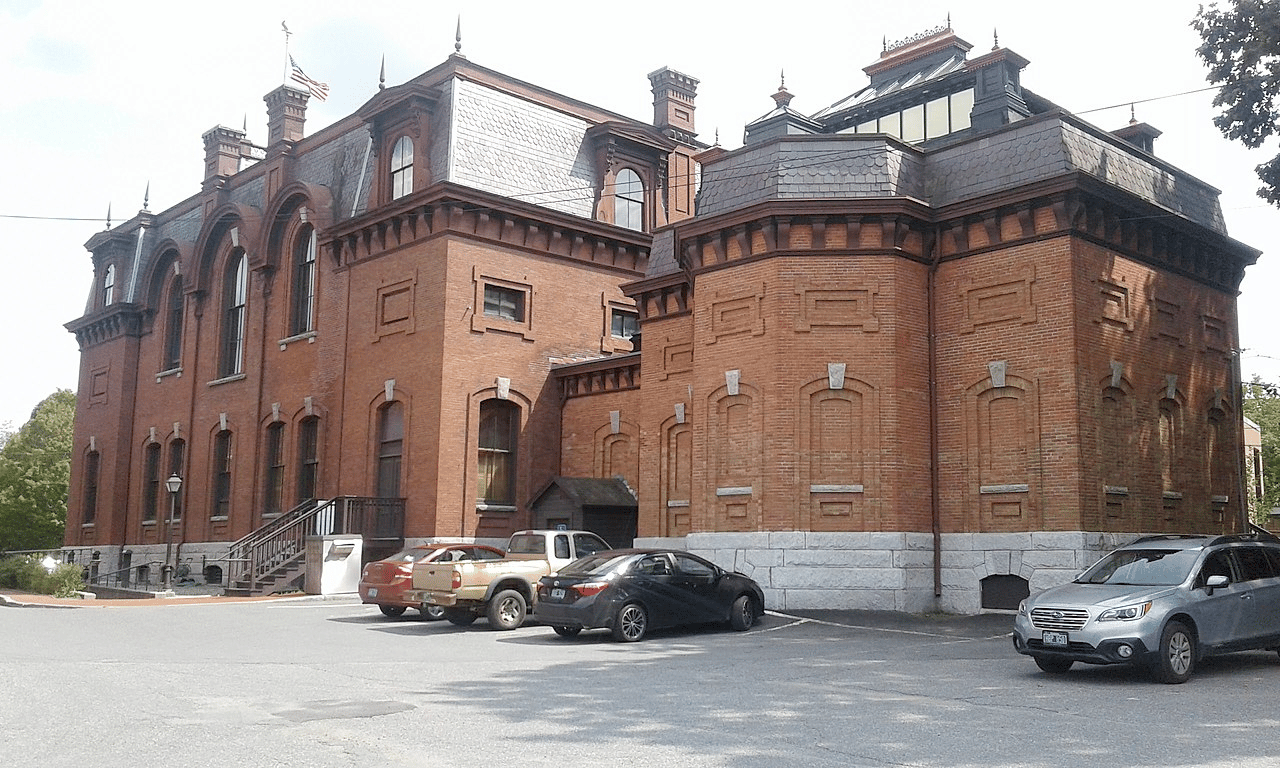
We move from an amateur astronomical observatory to one of the most beautiful libraries in New England. At #13 on our list of the Best Historic Sites In Vermont is St. Johnsbury Athenaeum.
This site is known for its architectural design and its collections of American landscape paintings and books.
The building was designed by the architect Stephen C. Earle and built in 1871.
The building features a grand hall with a skylight, which provides natural lighting to the main reading room. The interior of the building is finished in dark walnut, which gives it a warm and inviting atmosphere.
The library also features an art gallery, which originally served as a free art gallery for the community.
The St. Johnsbury Athenaeum is a popular tourist destination and a notable landmark in Vermont, and it has been designated as a National Historic Landmark.
12. Ticonderoga
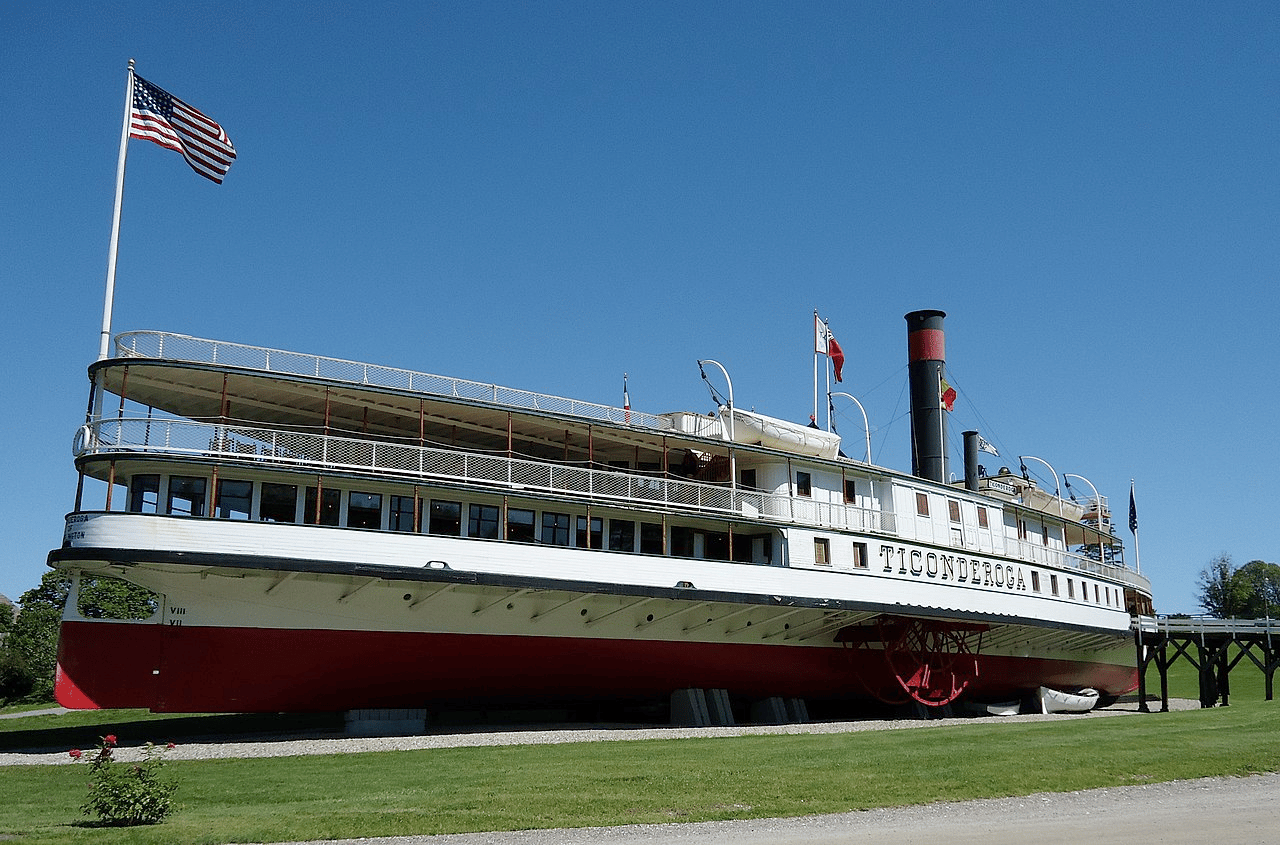
We strive to prepare lists of historic sites which offer something for everyone. If you enjoy maritime history then our next site is for you. At #12 on our list of the Best Historic Sites In Vermont is the Ticonderoga at Shellburne Museum.
The Ticonderoga at the Shelburne Museum is a unique and historic site that offers visitors the opportunity to learn about the history of transportation and Americana.
It is a must-visit for anyone interested in American history or the history of transportation.
Here are some of the things visitors can see and do at the Ticonderoga at the Shelburne Museum:
- Take a tour of the ship: Visitors can tour the ship and learn about its history and the role it played in the development of transportation on Lake Champlain.
- Explore the ship’s features: The Ticonderoga has been restored to its original condition and visitors can see the staterooms, dining room, and other features of the ship.
- Learn about steamboat history: The Ticonderoga is a National Historic Landmark and visitors can learn about the history of steamboats and their significance in American transportation history.
- Visit the museum: The Shelburne Museum is a museum of Americana and visitors can see collections of American folk art, quilts, costumes, furniture, and other artifacts.
- Attend events: The museum hosts events and programs related to the Ticonderoga and steamboat history.
11. Shelburne Farms
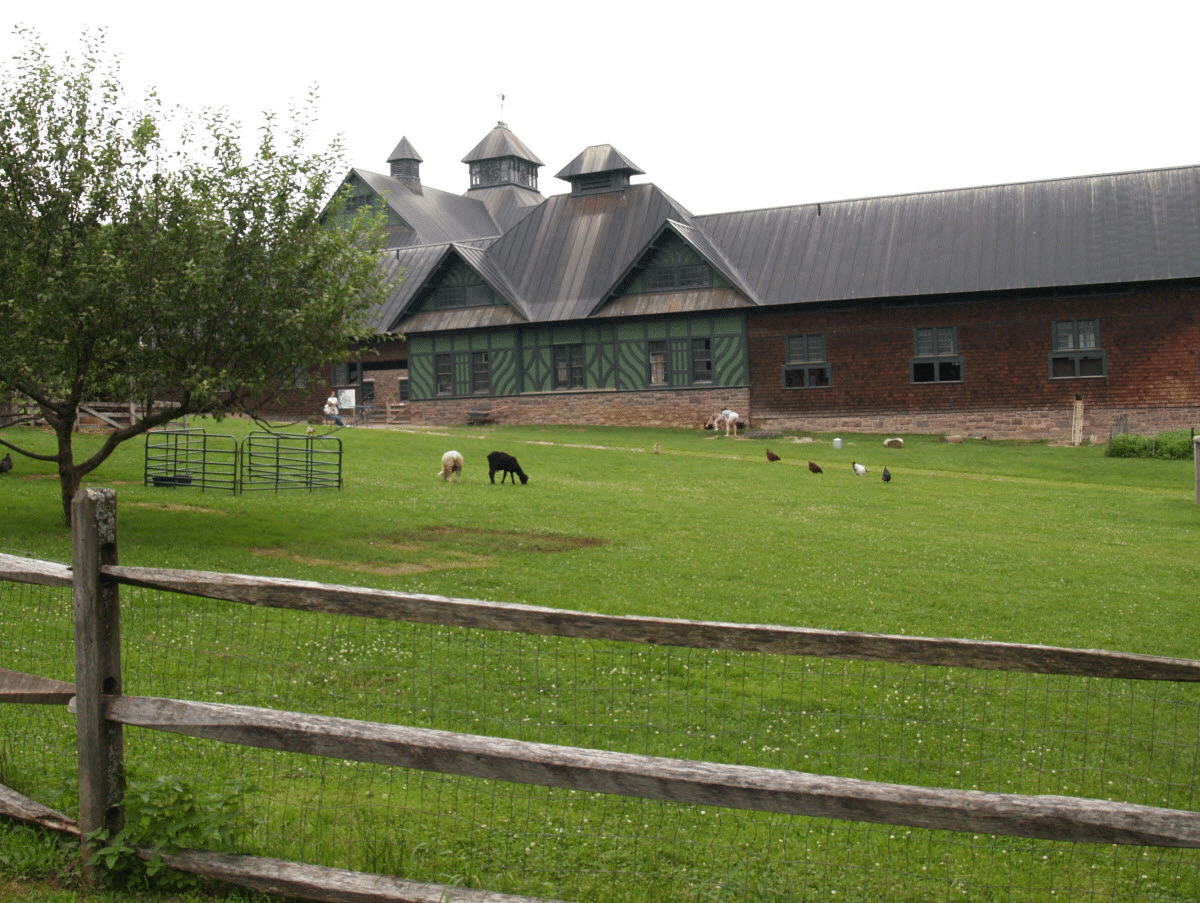
We’re moving from the Shelburne Museum to the Shelburne Farms. At #11 on our list of the Best Historic Sites In Vermont is the Shelburne Farms.
And, in case you’re interested, Shelburne Museum and Shelburne Farms operate independently. The Farms was once the agricultural estate of Electra Havemeyer Webb’s in-laws, William Seward Webb, and Lila Vanderbilt Webb.
Shelburne Farms is a property located in Shelburne, Vermont. It is a well-preserved example of a Gilded Age “ornamental farm” developed in the late 19th century. The property is a 1400-acre farm that was built by William Seward and Lila Vanderbilt Webb, who were prominent figures of the Gilded Age.
They developed the property as a model farm, where they experimented with new agricultural techniques and demonstrated the latest in farm technology. The property includes a 14-room mansion, several outbuildings, and a carriage barn, all of which are open to the public.
Today, Shelburne Farms is a nonprofit education center for sustainability, and it serves as a model for sustainable agriculture, conservation, and land-use planning. Visitors to the farm can take guided tours of the property, learn about its history, and participate in educational programs on sustainable living.
The property is considered a National Historic Landmark and one of the most stunning properties in the state of Vermont
CHECK OUT: 20 MUST-SEE Historic Sites In California
Top 10 Historic Sites In Vermont
10. Appalachian National Scenic Trail
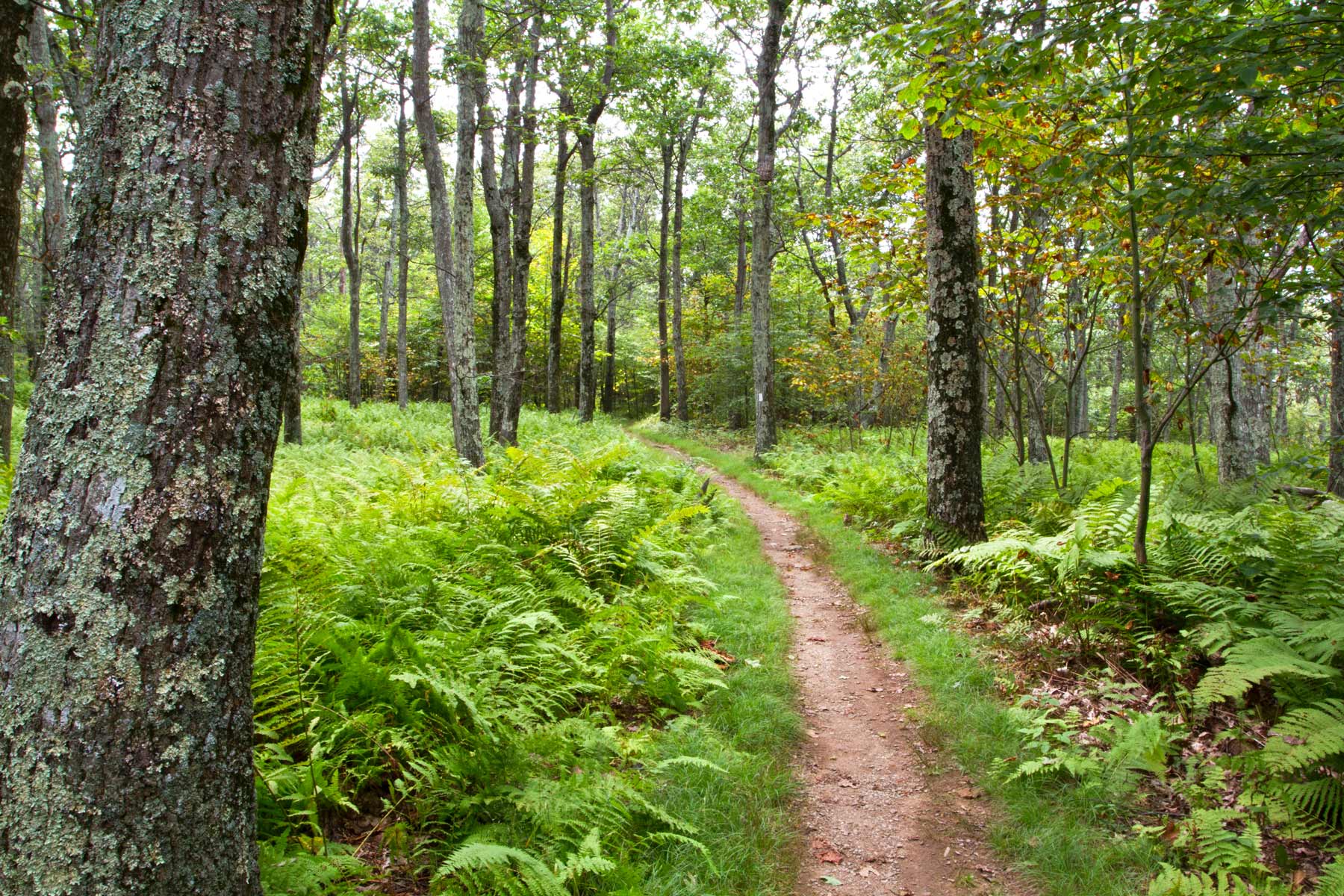
We’re on to the Top 10 Historic Sites In Vermont. At #10 we have one of the most famous hiking trails in the world. Welcome to the Appalachian Trail.
The Appalachian National Scenic Trail, also known as the A.T, is a hiking trail that runs for approximately 2,190 miles (3,520 km) through 14 states in the eastern United States, from Springer Mountain in Georgia to Mount Katahdin in Maine.
It passes through parts of Georgia, North Carolina, Tennessee, Virginia, West Virginia, Maryland, Pennsylvania, New Jersey, New York, Connecticut, Massachusetts, Vermont, New Hampshire, and Maine.
It’s known for its beautiful scenery, including forests, mountains, and valleys, as well as its rich biodiversity. The trail also passes through a number of small towns and villages, giving hikers the opportunity to experience the culture and history of the region.
It’s Open To Hikers Of All Skill Levels
The AT is maintained by the National Park Service and the Appalachian Trail Conservancy, and is open to hikers and backpackers of all skill levels.
The trail is typically completed by hikers in 5 to 7 months. Many people attempt to hike the entire trail in one journey, this is known as a “thru-hike.” The trail is also used by many day hikers, who hike small portions of the trail at a time.
The A.T. is considered one of the most iconic and challenging long-distance hiking trails in the world, and is also one of the most popular, with more than 3 million visitors each year. The trail has been designated as a National Scenic Trail and a National Historic Trail, and is protected by federal law.

CHECK OUT: 15 MUST-SEE Historic Sites In Georgia
9. Hildene – Lincoln Family Home

Our next historic site is home to one of the most famous families in America. At #9 on our list of the Best Historic Sites In Vermont is Hildene – the Lincoln Family Home, located in Manchester, Vermont.
It was the summer home of Robert Todd Lincoln, the eldest son of President Abraham Lincoln, and his family.
It was built in 1905 and is a Georgian Revival-style mansion that sits on 412 acres of land. The house is open to the public and is operated as a museum, which provides visitors with a glimpse into the life of the Lincoln family and their connection to Vermont.
It features 24 rooms, including a drawing room, a dining room, and a library. The house is furnished with original pieces, including furniture, artwork, and personal items that belonged to the Lincoln family. Visitors can also see original letters and documents written by Abraham Lincoln and other members of the family.
While You’re There, Be Sure To Visit The Gardens Too
The house is surrounded by beautiful gardens, which were designed by Robert Todd Lincoln’s wife, Mary Harlan Lincoln. The gardens include a rose garden, a rock garden, and a lily pond. Visitors can also take a walk on the nature trails that wind through the property.
Hildene is also home to the Robert Todd Lincoln Schoolhouse, which was built in 1917 and served as a school for the children of the Lincoln family and their friends. Today, the schoolhouse serves as an educational center and visitors can see how children were taught in the early 20th century.
The Hildene is considered a National Historic Landmark and attracts thousands of visitors each year, who are interested in the history of the Lincoln family and the role that Vermont played in their lives.
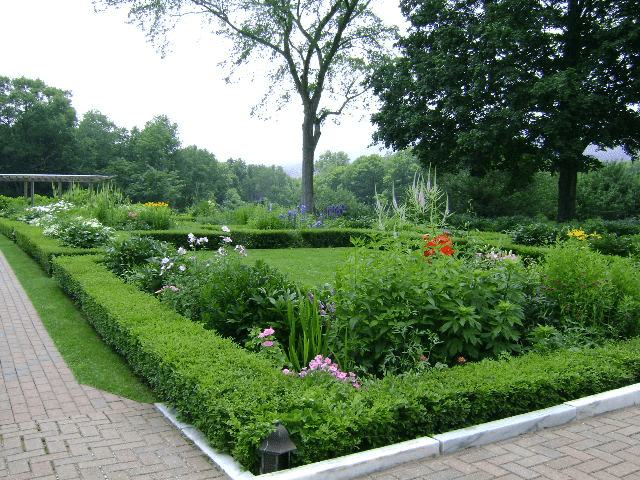
CHECK OUT: 10 BEST Civil War Sites In America
8. Fairbanks Museum & Planetarium

We’re not done stargazing just yet. In addition to the Stellafane Observatory, we have another place for you to do some stargazing. At #8 on our list of the Best Historic Sites In Vermont is the Fairbanks Museum & Planetarium.
The Fairbanks Museum & Planetarium was founded in 1889 by Franklin Fairbanks and it is known for its collection of natural history specimens and artifacts, as well as its planetarium shows.
The museum’s collection includes over 800,000 specimens of birds, insects, mammals, and other animals, as well as minerals, fossils, and cultural artifacts from around the world.
The museum’s exhibits are divided into several galleries, including the Birds of Vermont, the Butterflies and Moths, the Fish of Vermont and the World, and the World of Mammals. The museum also has a collection of antique scientific instruments and equipment.

It’s One Of The Oldest Planetariums In America
The planetarium at the Fairbanks Museum & Planetarium is one of the oldest in the country, it was built in the 1920s.
The planetarium offers shows on astronomy, space science, and other related topics. The shows are presented on a 30-foot dome and use state-of-the-art technology to provide a realistic and immersive experience for visitors.
The Fairbanks Museum & Planetarium is a popular tourist destination, and it is considered one of the most unique and comprehensive natural history museums in New England. It is an educational institution, and it offers a variety of programs for visitors of all ages, including guided tours, workshops, and lectures.
The Fairbanks Museum & Planetarium is a National Historic Landmark and it is also a member of the American Alliance of Museums and the American Association of Planetaria.
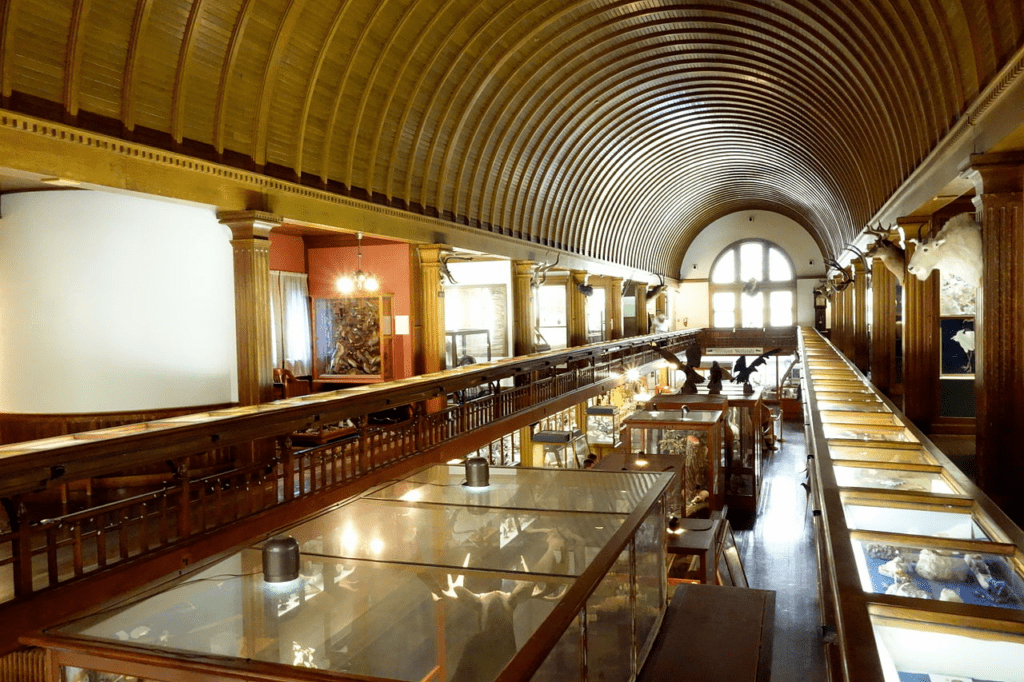
CHECK OUT: 15 MUST-SEE Historic Sites In Iowa
7. Brown Covered Bridge

Our next historic site is believed to be the only standing covered bridge in the United States with a slate roof, a once-common local variant feature of area covered bridges. At #7 on our list of the Best Historic Sites In Vermont we have the Brown Bridge.
The Brown Bridge is located in Townshend, Vermont. The bridge was built in 1880 by famous bridge builder Nichols M. Powers, who was known for his expertise in constructing lattice truss bridges.
The Brown Bridge is considered one of the best and finest examples of a lattice truss covered bridge in the United States.
It is a single-span, wooden bridge that measures 104 feet in length and 18 feet in width. The bridge is unique for its intricate lattice truss design, which is a combination of diagonal, vertical and horizontal timbers that form a lattice pattern, providing strength and stability to the bridge.
The bridge is also notable for its preservation, it has been well maintained over the years, and it has undergone several restorations to ensure its structural integrity.
It was added to the National Register of Historic Places in 1974 and in 2014, it was designated as a National Historic Landmark, this is a recognition of its exceptional significance in American history, architecture, engineering and culture.
The Brown Bridge is open to the public and it is a popular spot for visitors who enjoy photography, nature walks, and picnics.
CHECK OUT: 15 MUST-SEE Historic Sites In Massachusetts
6. North Country National Scenic Trail
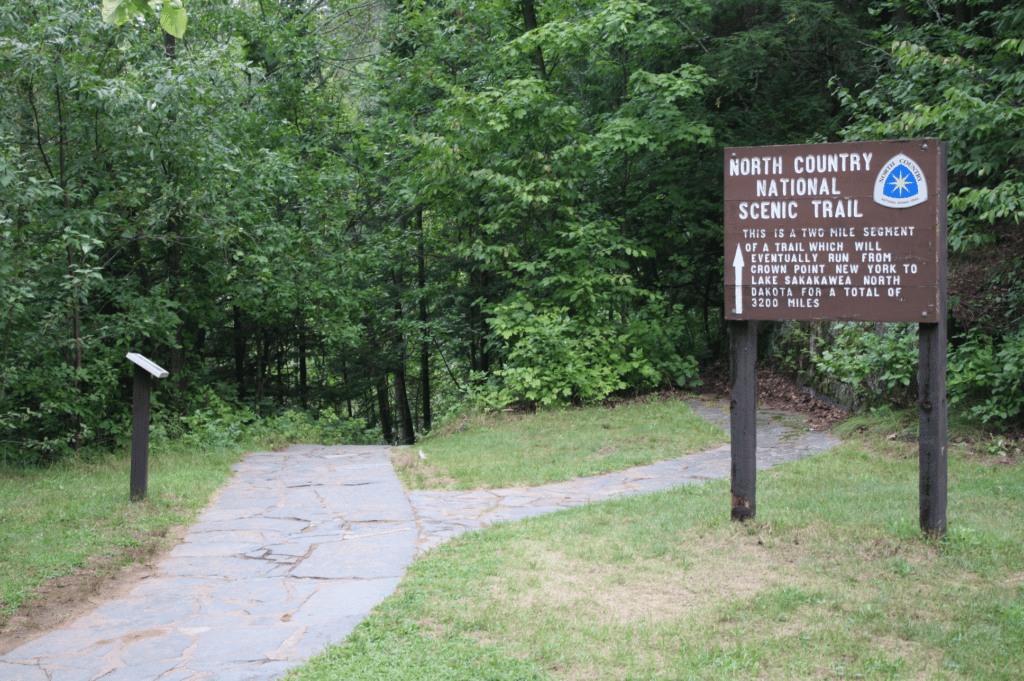
Just as we offered you more than one place for stargazing we’ve also got more than one famous trail. At #6 on our list of the Best Historic Sites In Vermont is the North Country National Scenic Trail.
The North Country National Scenic Trail (NCT) is a long-distance hiking trail that runs for approximately 4,600 miles (7,400 km) through seven states in the northern United States, from Crown Point in New York to Lake Sakakawea State Park in North Dakota.
The NCT passes through parts of New York, Pennsylvania, Ohio, Michigan, Wisconsin, Minnesota, and North Dakota. The trail is known for its beautiful scenery, including forests, wetlands, prairies, and lakes, as well as its rich biodiversity.
The trail was first proposed in the late 1960s by a group of hiking and conservation organizations, including the National Parks and Conservation Association, the Potomac Appalachian Trail Club, and the National Wildlife Federation.
The idea was to create a trail that would connect a number of existing trails and provide a continuous route through the northern United States, showcasing the natural and cultural resources of the region.
It’s A National Scenic Trail
In 1980, the United States Congress authorized the establishment of the North Country National Scenic Trail, and in 2009, it was officially designated as a National Scenic Trail, which is a designation given to trails that have exceptional natural, cultural, and recreational values.
Since then, the trail has been developed and maintained by the National Park Service and a variety of partners, including the North Country Trail Association, the American Hiking Society, and various state and local organizations.
The trail is open to hikers, backpackers, horseback riders, and snowshoers. Completing the entire trail can take anywhere from 5 to 7 months. The trail is still under development and it is not yet complete, but it is expected to be finished by the end of the decade.
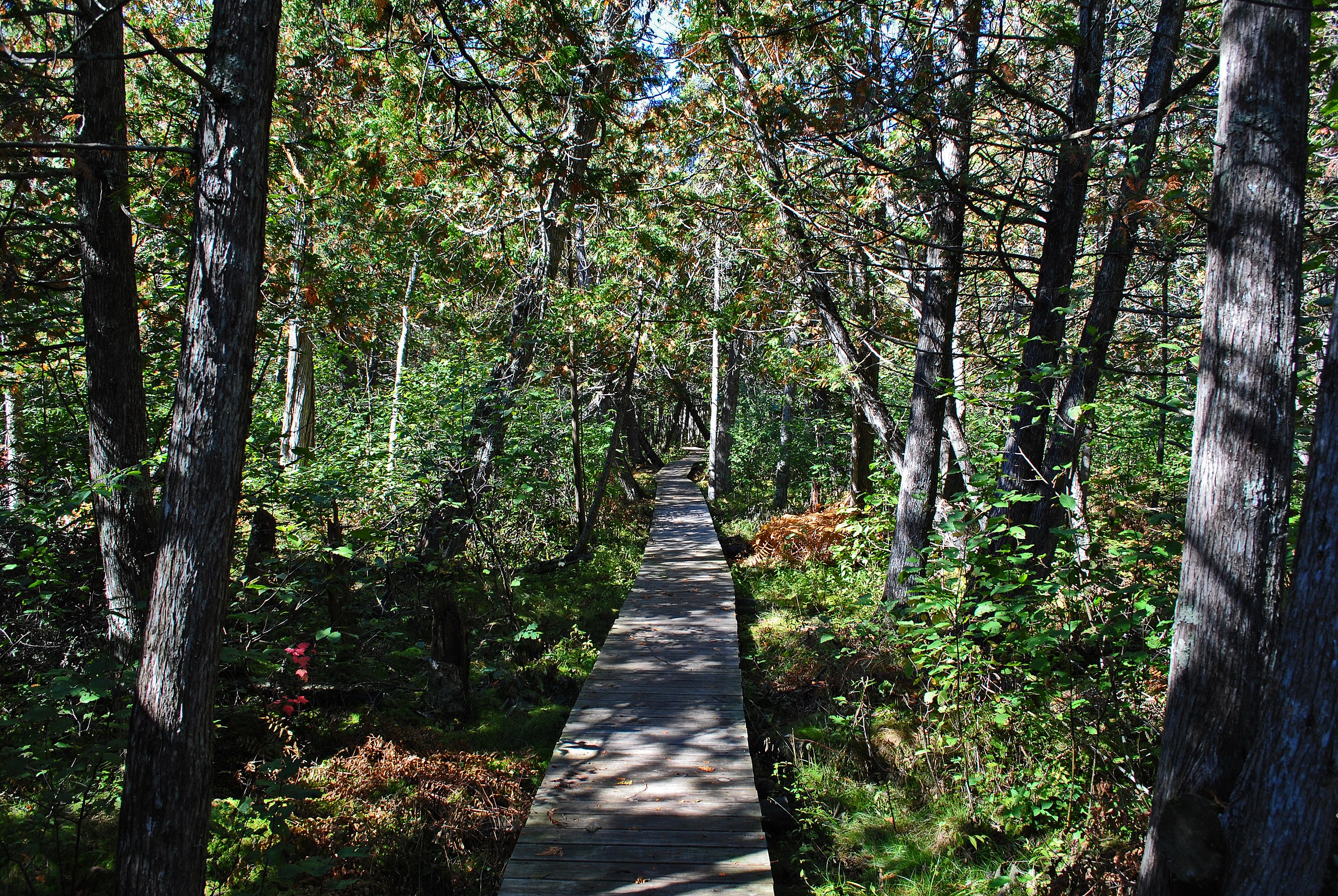
CHECK OUT: 15 MUST-SEE Historic Sites In Ohio
The Top 5 Historic Sites In Vermont
5. Lake Champlain Maritime Museum

We’re on to the Top 5 Historic Sites In Vermont. Our next historic site features exhibits that let visitors get hands-on with the history, ecology, and archaeology that ties the story of Lake Champlain to Vermont’s larger shared history. At #5 is the Lake Champlain Maritime Museum.
The Lake Champlain Maritime Museum (LCMM) is dedicated to preserving and interpreting the maritime history of Lake Champlain.
The museum’s collection includes a wide range of artifacts and exhibits that tell the story of the lake and its role in the history of the region. These include historic boats and ships, ship models, navigation tools, and other artifacts related to the lake’s maritime history.
The museum’s exhibits are divided into several galleries, including the Boatbuilding and Restoration Center, which features a working boat shop where visitors can see boats being built and restored; the Nautical Archaeology Gallery, which showcases the results of the museum’s underwater archaeology program; and the History Gallery, which tells the story of the lake and its role in the history of the region, from the days of the indigenous people to the present day.
The LCMM also offers a variety of programs and activities for visitors of all ages, including boat rides, boatbuilding classes, and other educational programs. The museum also operates the Lois McClure, a replica of a 1862 canal schooner that is used for educational cruises on the lake.
The Lake Champlain Maritime Museum is a popular tourist destination, attracting thousands of visitors each year. It is considered an important educational institution and a valuable resource for those interested in the history of the lake and its role in the region.
CHECK OUT: 20 MUST-SEE Historic Sites In New York
4. Robert Frost Farm

It’s the “Final Four.” And in the #4 spot is a place which celebrates a literary legend. It’s the Robert Frost Farm.
Robert Frost
Robert Frost (1874-1963) was an American poet known for his depictions of rural life and nature. He was born in San Francisco, California, but spent most of his adult life in New England.
Frost was a four-time Pulitzer Prize winner for poetry, and his work was celebrated for its simplicity, clarity, and directness. He wrote many poems that focused on the natural world, exploring themes such as the cycle of life, the passage of time, and the beauty of the changing seasons.
Some of Frost’s most famous poems include: “The Road Not Taken,” “Stopping by Woods on a Snowy Evening,” and “Birches.” These works are often studied in schools and universities around the world for their use of language and imagery.
Frost was also a teacher, and he taught at several universities, including Amherst College and Dartmouth College. He was known for his conversational teaching style and his ability to inspire and challenge his students.
Frost’s poetry continues to be widely read and appreciated today for its insight into the human experience and its celebration of the natural world. He is widely regarded as one of the most important American poets of the 20th century.
The Robert Frost Farm
The Robert Frost Farm is a historic site located in the town of Ripton, Vermont. The farm was once the home of renowned American poet Robert Frost, who lived there with his family from 1939 to 1963.
The farm was originally built in the 19th century and was owned by a succession of farmers before Frost and his family moved in. Frost was initially attracted to the property because of its beautiful views of the surrounding landscape, which would later become the inspiration for many of his poems.
After Frost’s death in 1963, the property was left to the state of Vermont, which established it as a historic site. Today, the Robert Frost Farm is open to the public and serves as a museum and educational center dedicated to the life and work of Robert Frost.
Visitors can explore the property and see the various buildings where Frost lived and worked, including his writing cabin, which still contains his writing desk and other personal effects.
The site also hosts various events and programs throughout the year, including poetry readings, workshops, and educational programs for children and adults.

CHECK OUT: 15 MUST-SEE Historic Sites In Pennsylvania
3. Bennington Battle Monument

Our next historic site celebrates an important Revolutionary War battle which took place in Vermont. At #3 on our list of the Best Historic Sites In Vermont is the Bennington Battle Monument.
The Battle of Bennington
The Battle of Bennington was a Revolutionary War battle fought on August 16, 1777, in Walloomsac, New York (now present-day Vermont). The battle was a significant turning point in the war, as it helped to secure American control of the northern colonies.
The American forces, led by General John Stark, consisted of a mix of Continental soldiers, local militiamen, and Green Mountain Boys under the command of Colonel Seth Warner. They engaged the British forces, led by General John Burgoyne, who were attempting to march south from Canada to cut off the New England colonies from the rest of the United States.
The Americans won a decisive victory, capturing more than 700 British soldiers and several pieces of artillery. The battle was particularly important because it helped to boost American morale and convince the French to support the American cause.
The Bennington Battle Monument
The Bennington Battle Monument is a historic monument located in Bennington, Vermont. The monument commemorates the Battle of Bennington, which took place during the American Revolutionary War on August 16, 1777.
In the years following the battle, the people of Bennington sought to commemorate the victory and honor the soldiers who fought and died in the conflict. In 1877, on the centennial anniversary of the battle, a group of citizens formed the Bennington Battle Monument Association with the goal of building a monument to commemorate the event.
Construction of the monument began in 1887 and was completed in 1891. The monument stands 306 feet tall and is made of blue-gray magnesian limestone. At the top of the monument is a statue of a woman representing “Liberty” holding a sword and a shield.
Today, the Bennington Battle Monument is open to the public and serves as a museum and educational center dedicated to the history of the Battle of Bennington and the American Revolution.
Visitors can climb to the top of the monument for a panoramic view of the surrounding area and explore the museum’s exhibits, which include artifacts from the battle and other important events in American history.
The site also hosts various events and programs throughout the year, including reenactments, lectures, and special exhibits.
CHECK OUT: 10 BEST Revolutionary War Sites In America
2. Calvin Coolidge State Historic Site
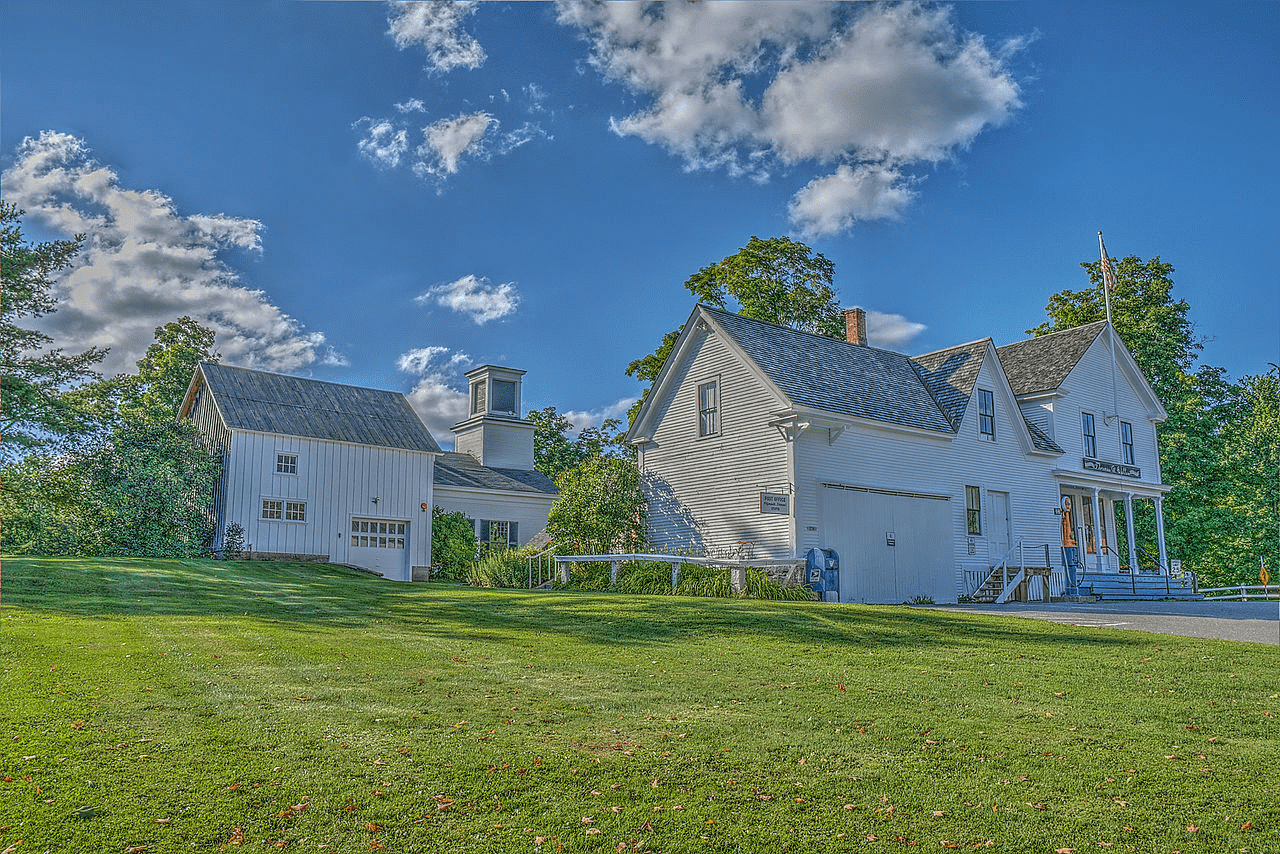
We’re down to the final two historic sites. In the runner-up spot at #2 is a site which honors the 30th President of the United States. It’s the Calvin Coolidge State Historic Site.
The site is located in the town of Plymouth Notch, Vermont. Calvin Coolidge was born and raised in Plymouth Notch.
Coolidge was born in Plymouth Notch on July 4, 1872, and spent much of his childhood and early adult years there. He attended local schools and later went on to study at Amherst College in Massachusetts.
After graduating, he returned to Vermont and began his political career, serving as a state legislator, lieutenant governor, and governor before being elected vice president in 1920.
In 1923, Coolidge became president after the sudden death of President Warren G. Harding. He served as president until 1929 and is known for his conservative political views and his efforts to promote business and economic growth.
After leaving office, Coolidge returned to Plymouth Notch, where he lived until his death in 1933.
Things To Do At The Site
Here are some things to do and see at the site:
- Visit the Coolidge Homestead – Take a tour of the home where Calvin Coolidge was born and raised. The 1872 farmhouse has been restored to its original condition and is filled with period furniture and family artifacts.
- Explore the village – The site also includes the general store, church, cheese factory, schoolhouse, and several other historic buildings that have been preserved to reflect life in the early 1900s.
- Hike the trails – There are several trails that wind through the surrounding woods and farmland. The Aldrich House Trail is a 1.5-mile loop that takes visitors past the birthplace of Coolidge’s wife, Grace, and through a hemlock grove.
- Attend special events – The site hosts a variety of special events throughout the year, including a traditional Fourth of July celebration, live music performances, and historical reenactments.
- Learn about Coolidge’s presidency – The site includes a museum with exhibits that explore Coolidge’s life, political career, and presidency.
- See the Plymouth Notch Cemetery – The cemetery where Coolidge and his family are buried is located just up the hill from the homestead. It’s a peaceful spot with lovely views of the surrounding countryside.
- Enjoy the fall foliage – The site is surrounded by gorgeous Vermont foliage in the fall, making it an ideal spot for leaf-peeping and scenic drives.

CHECK OUT: 15 MUST-SEE Historic Sites In Virginia
1. Marsh-Billings-Rockefeller National Historical Park
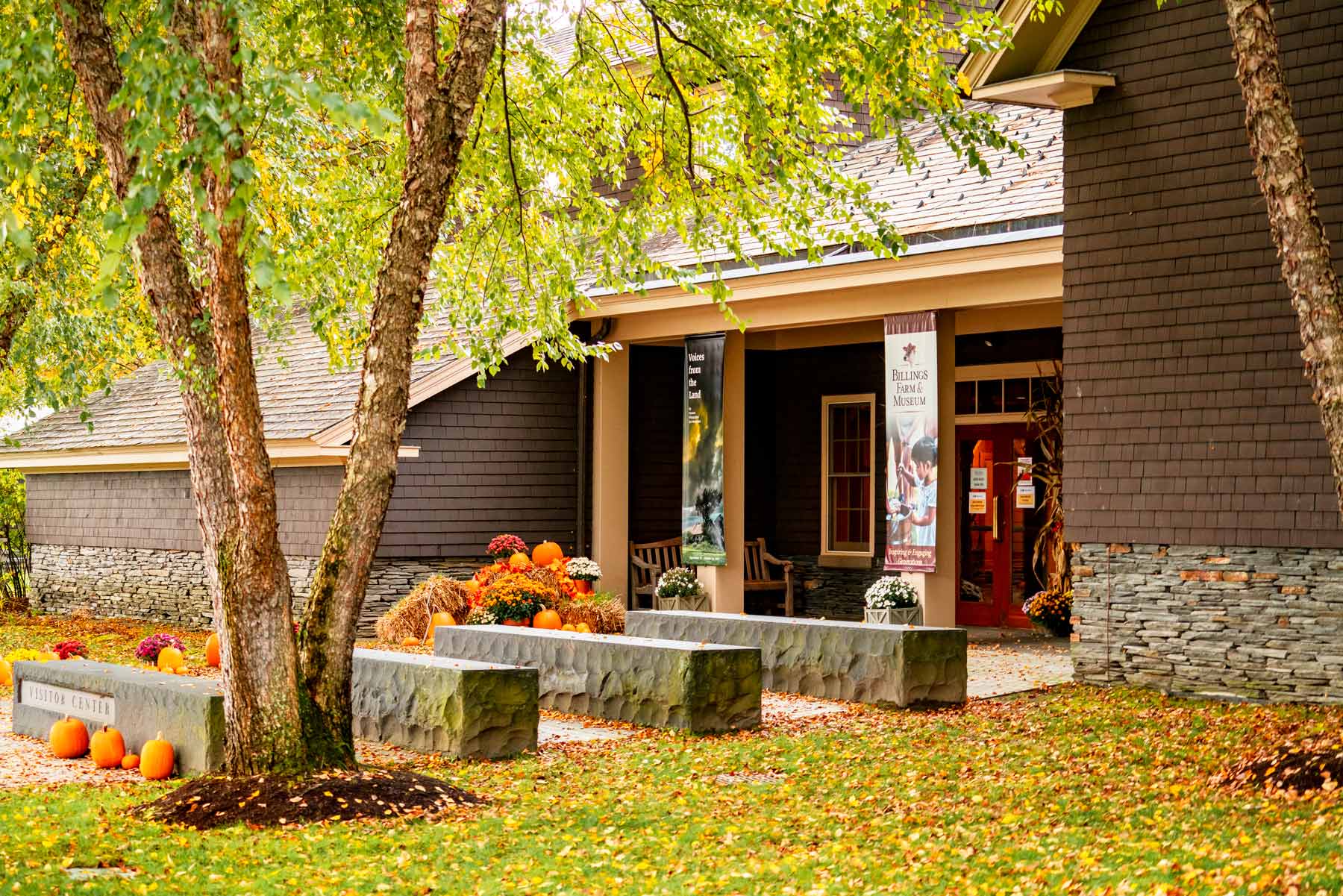
As our #1 Historic Site In Vermont, More Than Just Parks has selected a place which honors one of the first environmental leaders. It’s the Marsh-Billings-Rockefeller National Historical Park.
George Perkins Marsh was one of the first environmental leaders, some would argue the very first, to challenge the idea that human activity is always beneficial to the environment.
Marsh charted the rise and fall of great civilizations such as the Roman Empire. He saw a connection between how these civilizations managed their natural resources and their long-term survival.
Marsh warned that humankind could destroy itself if it did not protect these precious resources.
The First To Document The Effects Of Humans On Their Environment
Marsh was an American diplomat, linguist, and environmentalist. He was born in 1801 and is considered one of the earliest proponents of conservation and preservation of natural resources in the United States.
He served as a U.S. diplomat in Europe for many years, and was an expert in several languages.
Marsh is best known for his book “Man and Nature”, published in 1864, which is considered a pioneering work in the field of environmentalism. In the book, Marsh argued that human activities were having a significant impact on the natural environment, and that it was necessary to take steps to protect and preserve the earth’s resources for future generations.
His ideas were ahead of their time and had a major influence on the development of modern environmentalism.
Through his insightful writings, he influenced many people including John Muir, Gifford Pinchot and Theodore Roosevelt.
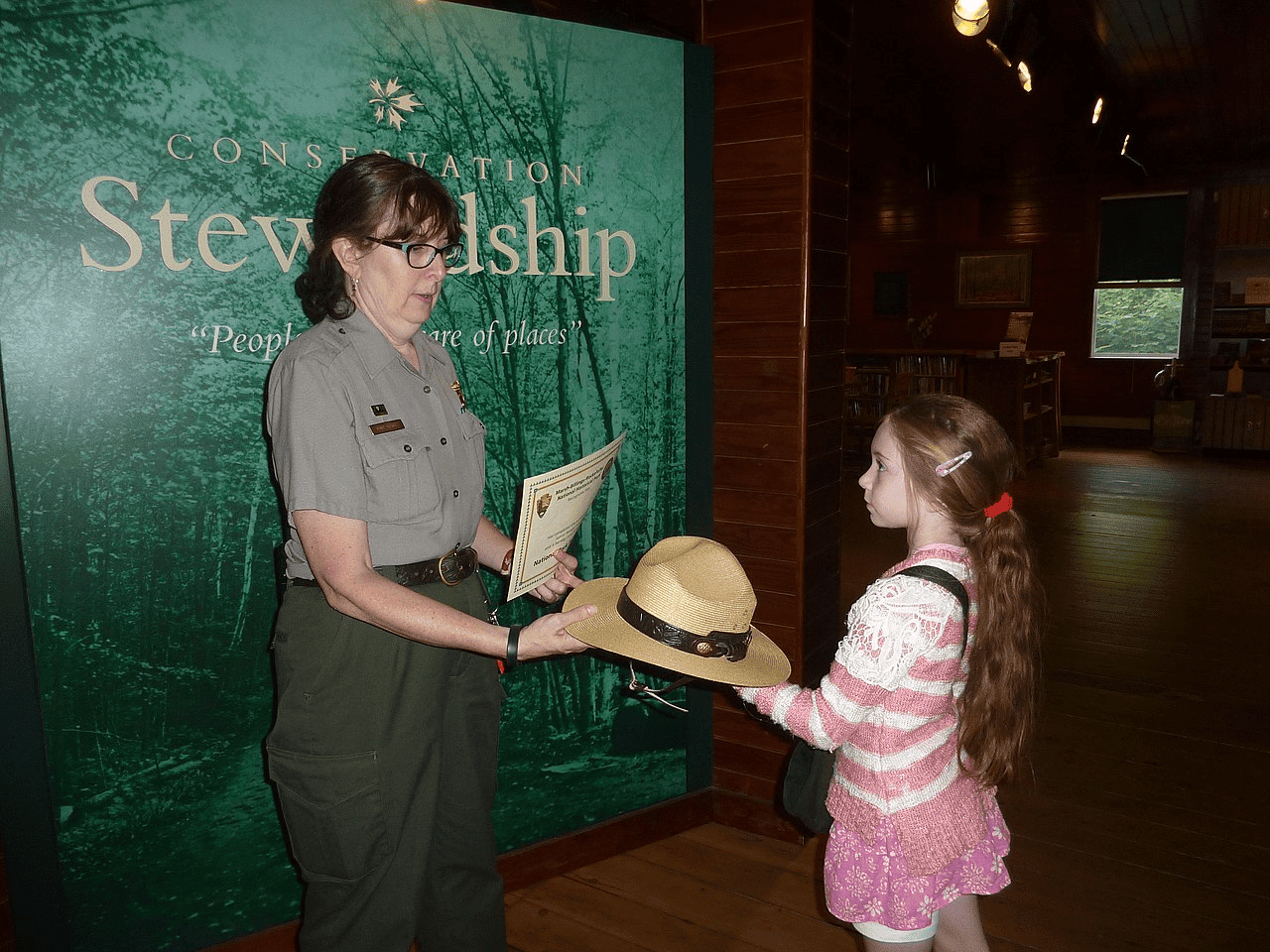
Learn More About George Perkins Marsh At The Marsh-Billings-Rockefeller National Historical Park
Today, the legacy of George Perkins Marsh can be explored at the Marsh-Billings-Rockefeller Institute in Vermont or at The George Perkins Marsh Institute at Clark University. Both of these places celebrate the legacy of this extraordinary man.
At Woodstock, Vermont, you can visit the Marsh-Billings-Rockefeller National Historic Park which the Rockefellers donated to the National Park Service in 1992.
The park includes Marsh’s birthplace, a carriage barn which is the visitor center, and more than 500 acres of managed forestland on Mount Tom overlooking the village of Woodstock.
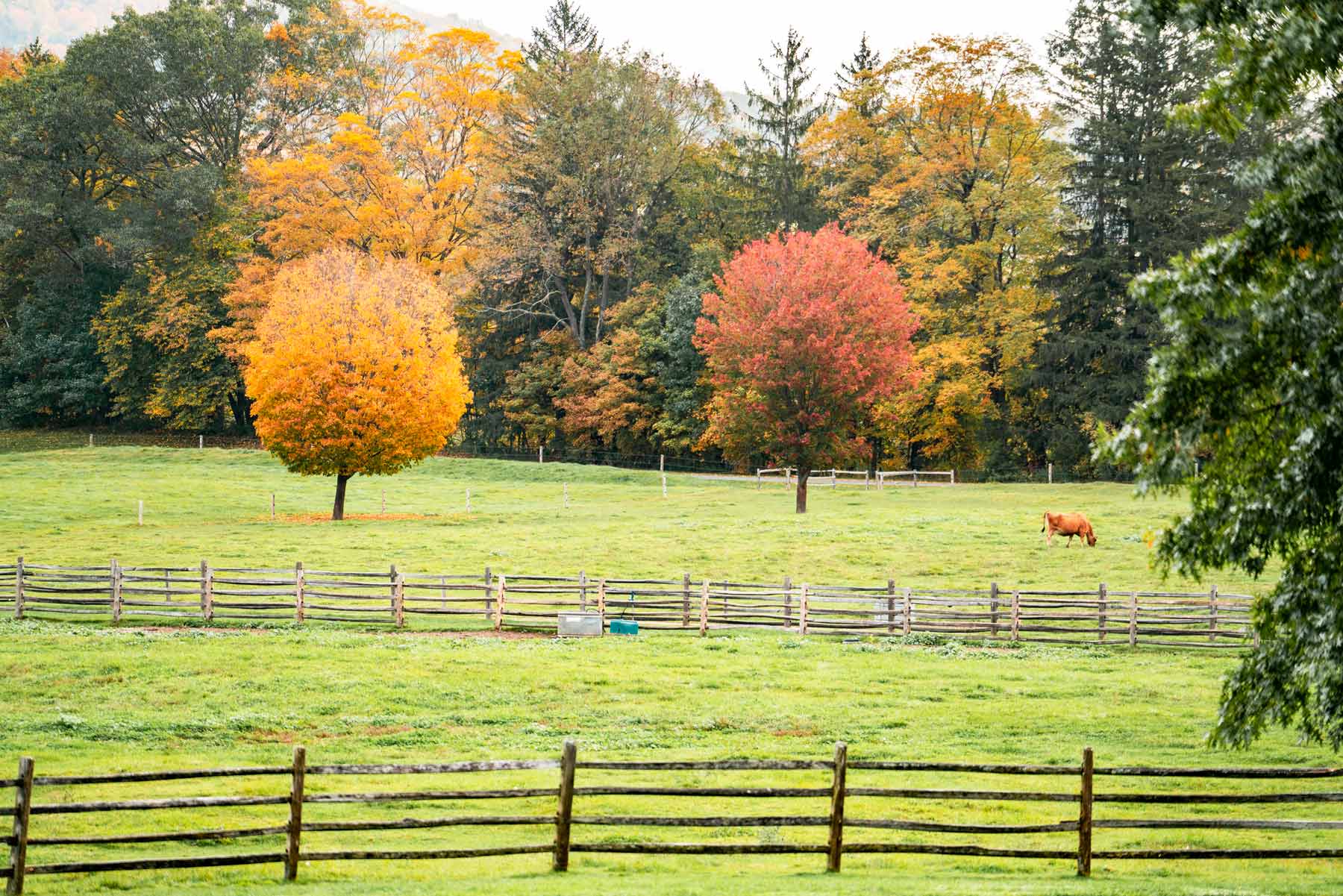
Things To Do & See At The Marsh-Billings-Rockefeller National Historic Park
During the open season (May – Oct) the Marsh-Billings-Rockefeller NHP offers the visitor the opportunity to explore the formal gardens in full bloom and also guided tours of the Mansion.
Annual Peak to Peak Hiking Event at Marsh-Billings-Rockefeller NHP takes place in October when Fall foliage creates a spectacular backdrop.
The community event offers a variety of hikes and activities for all ages and levels. The challenge hike includes scaling both peaks: Mt. Tom and Mt. Peg in the same day. (Source: National Park Service)
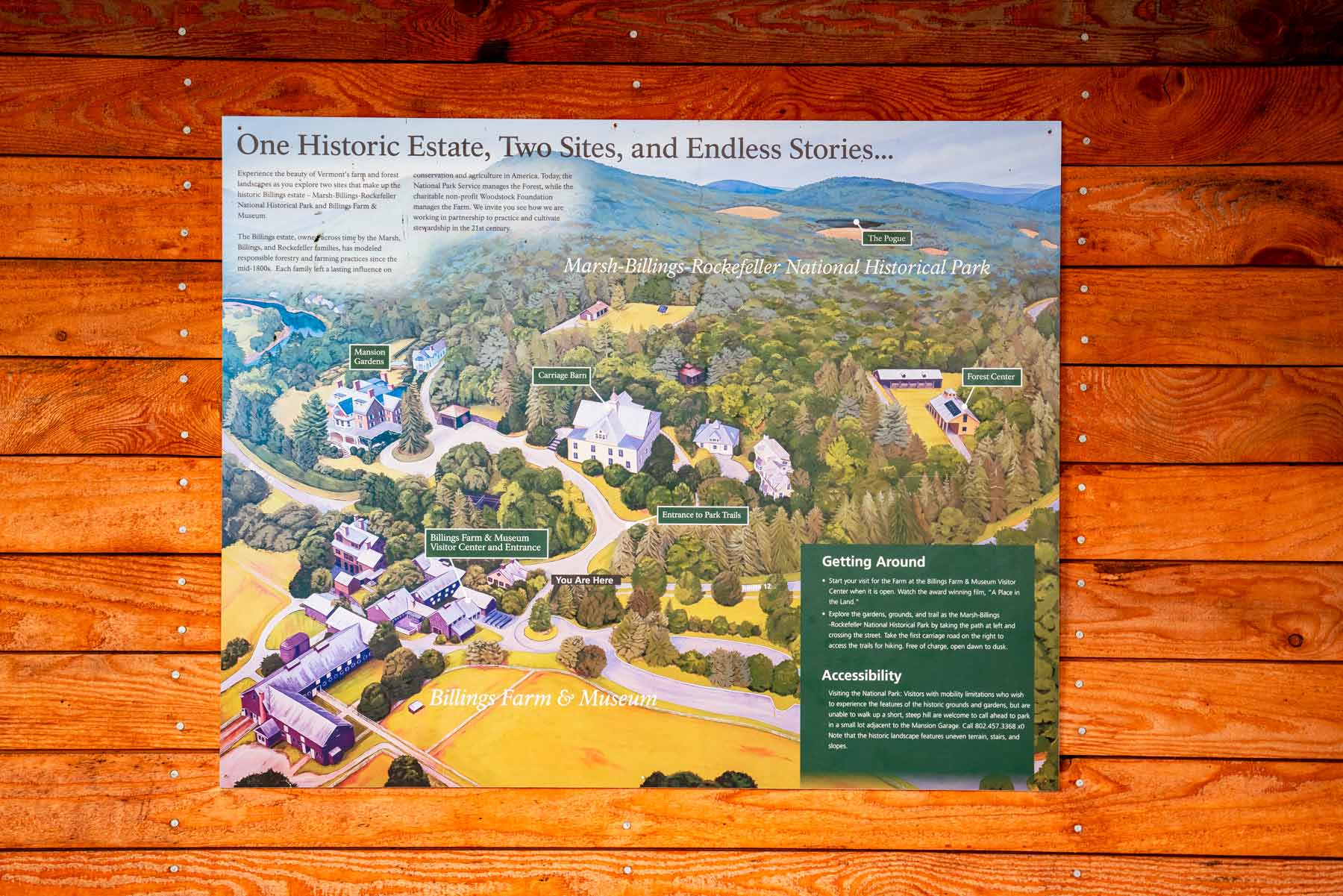
The Marsh Legacy Lives On | Vermont National Parks
At the George Perkins Marsh Institute, Marsh’s legacy lives on. Much of their work revolves around examining one of the most fundamental questions confronting humankind: What is and ought to be our relationship with nature?
To learn more, I would recommend David Lowenthal’s outstanding biography titled, George Perkins Marsh: Prophet Of Conservation.
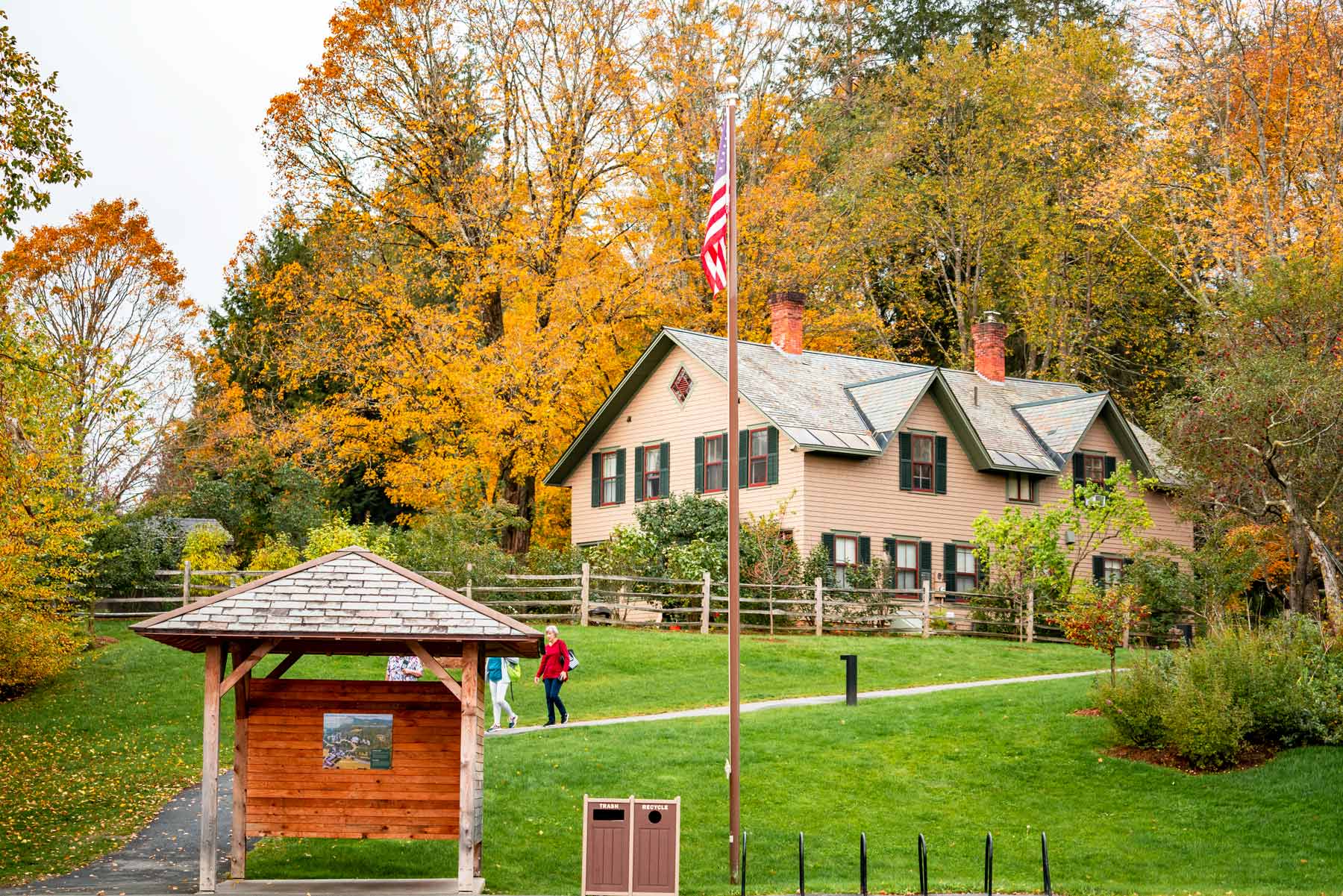
List Of Historic Sites In Vermont
- Marsh-Billings-Rockefeller National Historical Park
- Calvin Coolidge State Historic Site
- Bennington Battle Monument
- Robert Frost Farm
- The Lake Champlain Maritime Museum
- North Country National Scenic Trail
- Brown Covered Bridge
- Fairbanks Museum & Planetarium
- Hildene Lincoln Family Home
- Appalachian National Scenic Trail
- Shelburne Farms
- Ticonderoga
- St. Johnsbury Athenaeum
- Stellafane Observatory
- Mount Independence
Why Trust Us About Historic Sites In Vermont?
We’re Jim Pattiz and Will Pattiz, collectively known as the Pattiz Brothers and we absolutely LOVE the national parks.
You should probably know that we don’t just make this stuff up out of thin air. We’ve spent our entire adult lives exploring and filming America’s national parks and public lands.
We’ve worked with the National Park Service, the Department of Interior, USDA, U.S. Forest Service, and more for years creating films on important places and issues. Our work has been featured in leading publications all over the world and even some people outside of our immediate family call us experts on the national parks.
And, in 2018, our father – having spent a lifetime teaching history – joined us so that he could help us to tell the stories behind these amazing places.
Meet The Parks Brothers
We Hope You’ll Follow Our Journey

Our goal here at More Than Just Parks is to share the beauty of America’s national parks and public lands through stunning short films in an effort to get Americans and the world to see the true value in land conservation.
We hope you’ll follow our journey through the parks and help us to keep them the incredible places that they are. If you’re interested in joining the adventure then please sign up below!
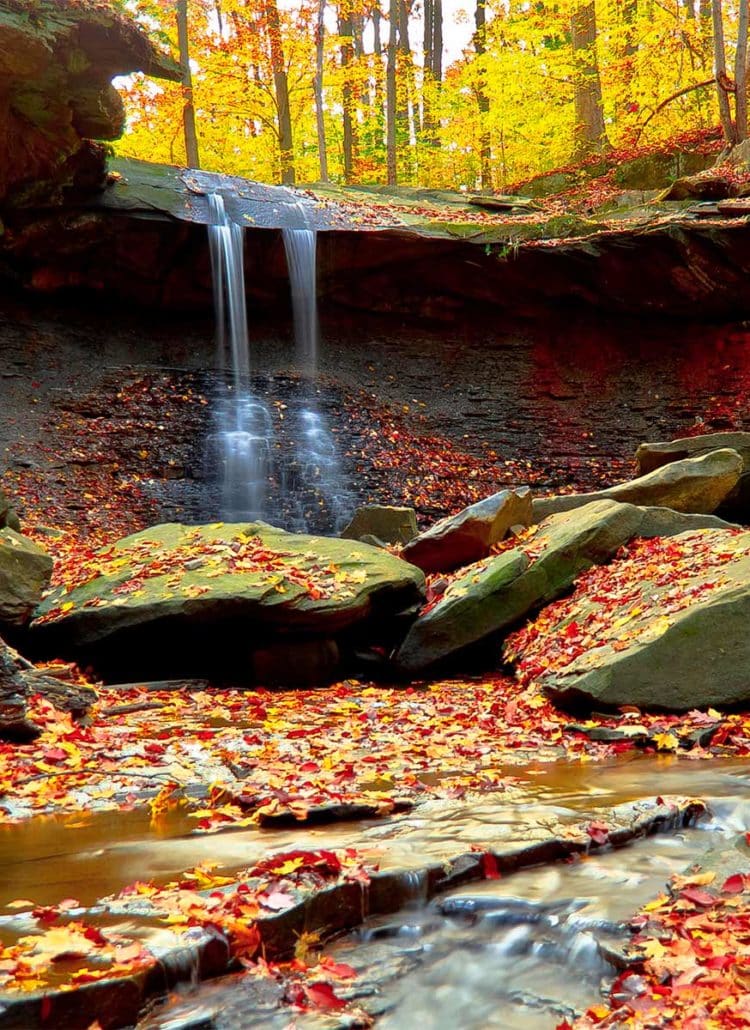
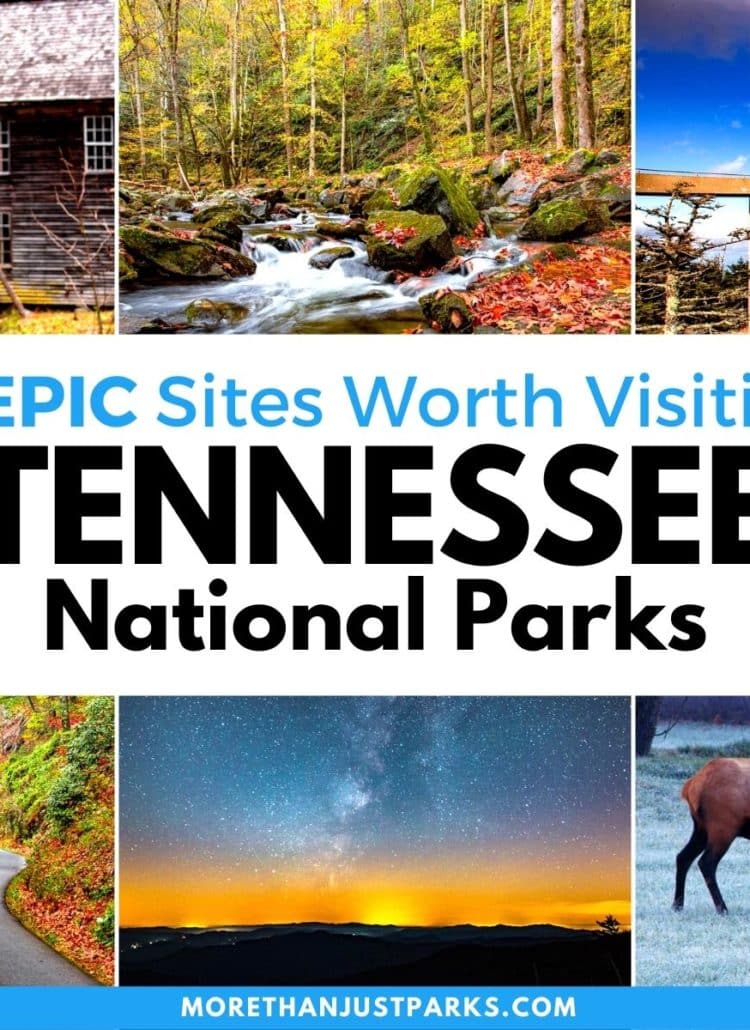
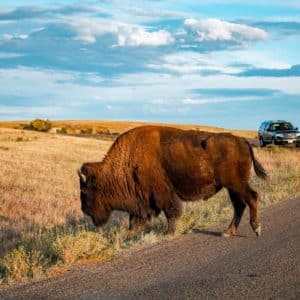

Leave a Reply